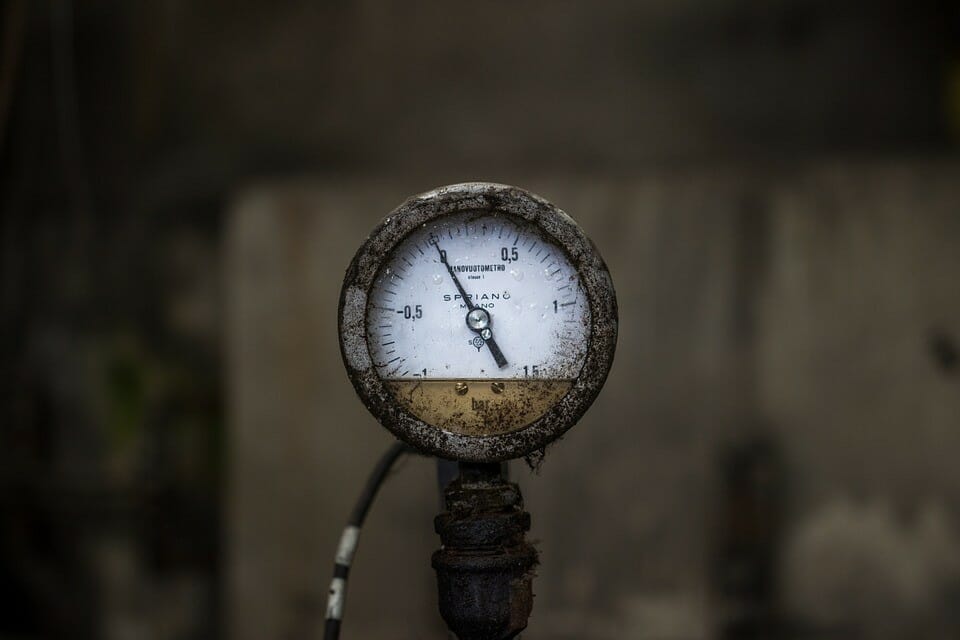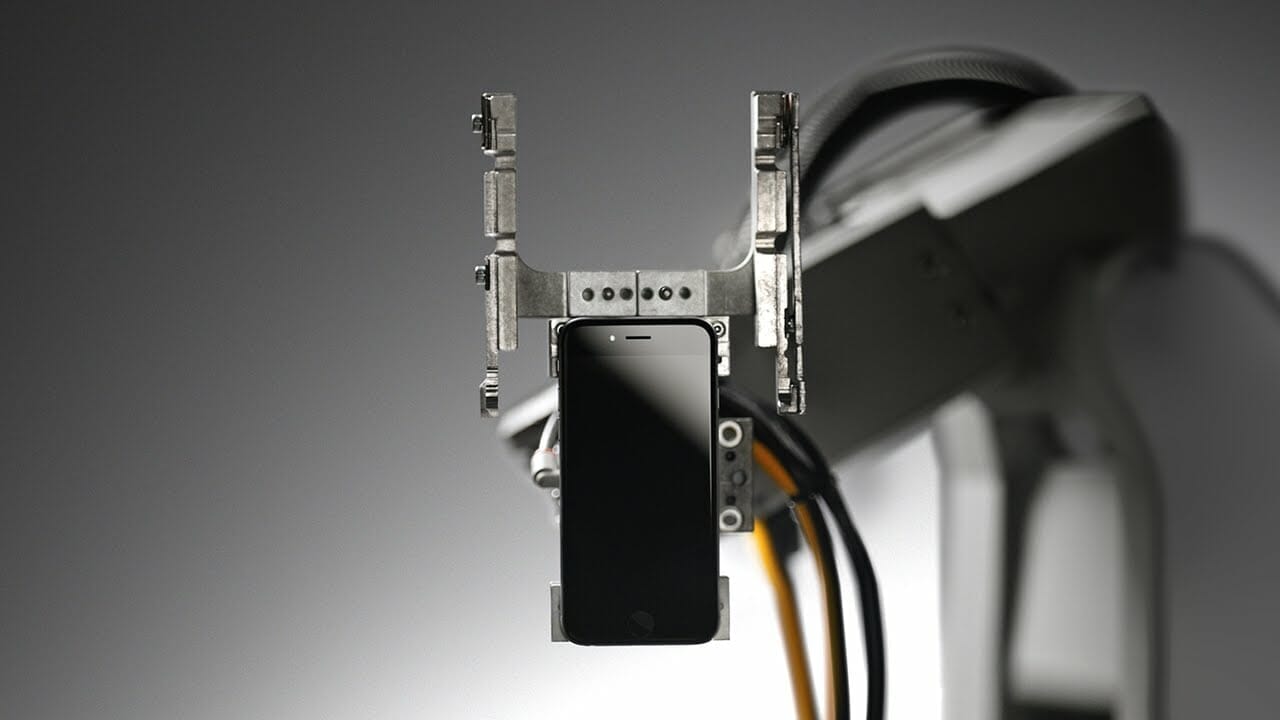In this age of technology, many different industries are adapting to the rise and development of new tech and systems which can help their companies enhance their efficiency, production levels, as well as reduce overall costs.
Many oil business nowadays are looking into integrating robotic technology and drones to perform difficult and hazardous tasks in offshore locations. These devices don’t just reduce costs, they also improve overall performance and safety by minimizing the amount of exposure to dangerous conditions.
One of the oil majors, BP, is currently making use of a robotic system to inspect the Thunder Horse platform in the Gulf of Mexico. This magnetic device is equipped with an innovative camera system and is also supported with additional drones and cameras which record every detail. The executives at BP suggested that this technology can reduce inspections by almost 50 percent and also eliminates the need for people to work in hazardous conditions.
Source: BP Technology, YouTube
Since this robot-drone project at Thunder Horse has been implemented, BP has been planning to develop additional projects at different nearby platforms. At Cherry Point refinery at Washington State, robotic devices are utilized to inspect systems by using ultrasound technology to find any faults or splits on the surface. Thanks to the robot system inspection times have reduced to around an hour from a previous figure of 23 hours when inspected by a person.
With this rapid growth in robotic systems, some professionals are concerned how new technology can affect future employment opportunities. However, leading professionals indicated that this should not be a significant concern to industry employees.

Source: Subsea world news, Statoil Oseberg H Platform
The Norwegian business Statoil is currently working on remote-controlled platforms for their smaller sites. In the last year, the company has developed their first unmanned site which is located at Oseberg H platform. French business Total, and the oil and gas technology center in Aberdeen are working on testing the first autonomous offshore robot system. The project aims to use a mobile robot for the unmanned inspection of the onshore Shetland Gas Plant and the offshore Alwyn platform.
In the offshore drilling market, GE and Noble Corporation have collaborated to develop the first digital drilling platform that aims to enhance drilling activity as well as reduce the operational expenditure by a fifth across the target equipment. The digital platform will collect data that measures predictive models.
With the oil and gas industry continuously improving in terms of efficiency, cost and safety, the use of robots and drones may be a more common sight in the industry.
Article Source:












